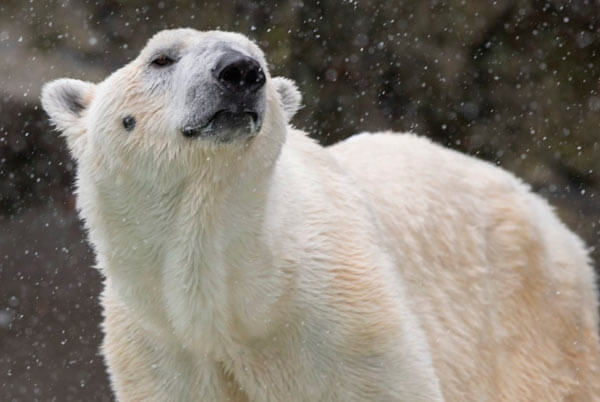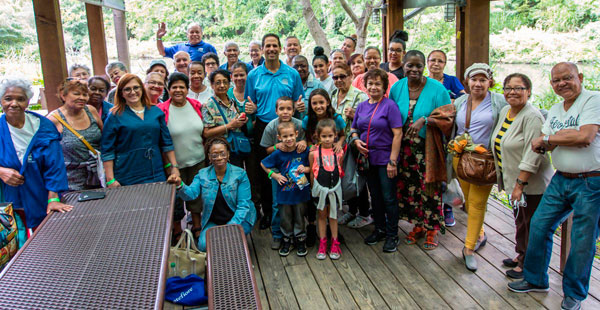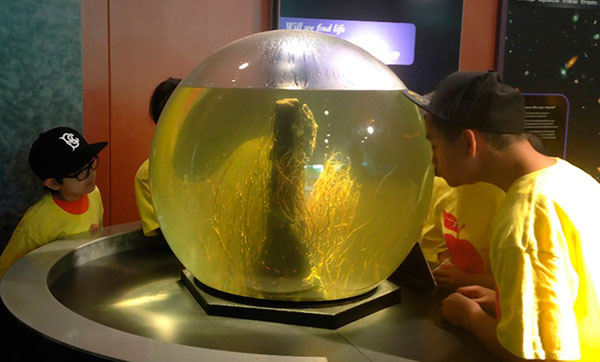A familiar furry face will no longer be seen at the Bronx Zoo.
Tundra the polar bear was euthanized on Saturday, December 23 due to medical conditions associated with old age, according to zoo officials.
At 26-years-old, Tundra was the only bear of his species at the zoo. When officials conducted an official necropsy, they learned Tundra had chronic kidney failure causing acute kidney failure and progressive arthritis that worsened despite treatment, according to the Bronx Zoo.
Tundra was born at the Bronx Zoo in 1991 and was very popular among visitors and Bronxites alike.
“Many of us grew up with Tundra,” said Jim Breheny the director of the Bronx Zoo and executive vice president of Zoos and Aquarium for the Wildlife Conservation Society in a statement.
“He lived a long life under the dedicated care of our keeper and veterinary staffs. Despite his age he remained extremely active and playful until just before his death,” said Breheny.
Many Bronxites are both saddened by the loss and concerned about the affect captivity had on Tundra’s life.
“Polar bears are not animals that kids in urban areas can relate to because they’re not always exposed to them,” said elementary school teacher and Bronx resident, Christina Roman.
“Having the opportunity to take my students to see Tundra was important because it raised a lot of questions like ‘what is a polar bear?’ and ‘why is there one in New York City,’ Roman remarked of the positive impact a trip her school took students on to the Bronx Zoo.
“Polar bears are native to a polar climate and it’s unfortunate to keep them here where the weather is constantly changing,” said Bronx native, Emmanuel Rivera-Jovel.
“I’m sure that the zookeepers do a good job trying to help the animals adjust to our environment, but I don’t think it’s possible to truly ensure they can live a confortable life here.”
Tundra’s wellbeing has been a topic of controversy for many years, especially during the summer months where temperatures in New York City have reached the 90 degree marks.
In July 2016 WCS officials released a statement that Tundra was being well cared for despite the climate.
Still, animals kept in captivity, particularly in smaller enclosures like ones found in zoos and aquariums have always been contested because of the psychological effects they have on animals not used to being in isolation.
The average life expectancy for polar bears in the wild are between 15 and 18 years, according Polar Bears International, a conservation group that focuses on the species.
In contrast, the life expectancy for male polar bears in captivity is about 20.7 years, according to the Wildlife Conservation Society.
Tundra lived about five years longer than the average polar bear in captivity and almost ten years older than the average wild polar bear.
“Tundra served as an important ambassador for his species, giving our guests an opportunity to see the power, majesty and grace of polar bears while learning about the problems these bears face in the wild due to a changing environment,” Breheny concluded in his statement.
As a species, the population of polar bears in their natural habitats is decreasing due to receding ice. Their status has changed to Threatened on the U.S. Fish and Wildlife Service’s Endangered and Threatened Wildlife list.





















